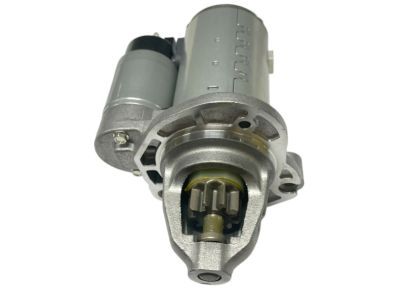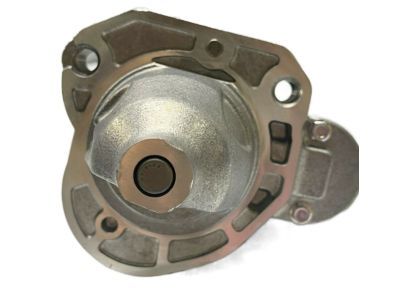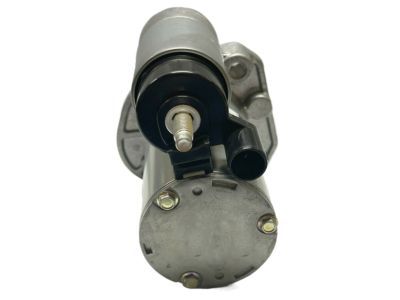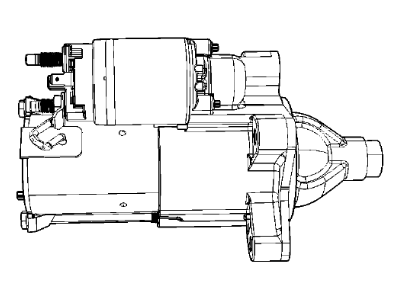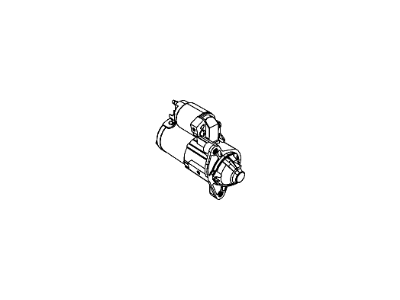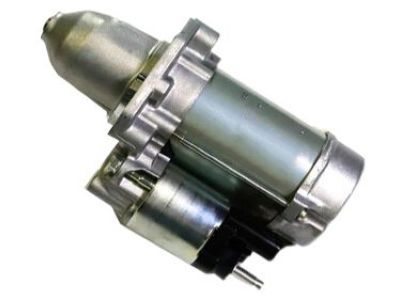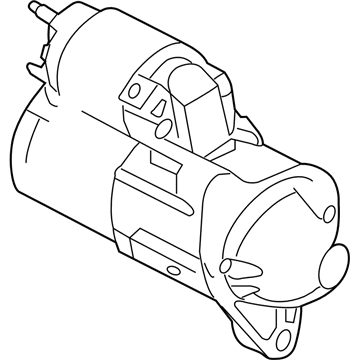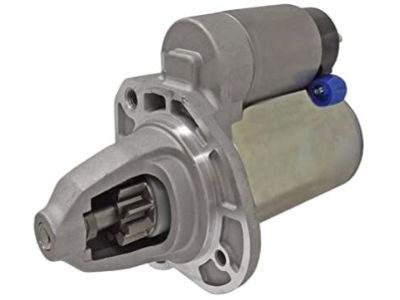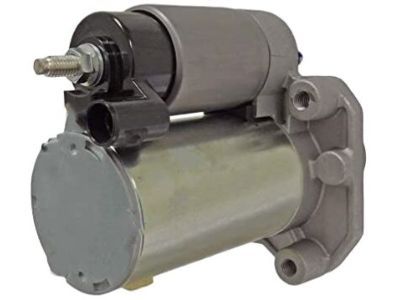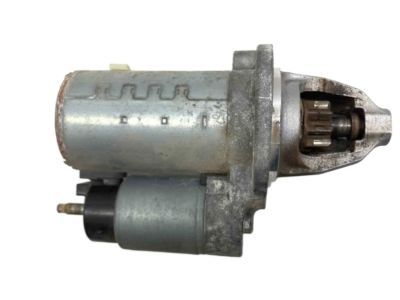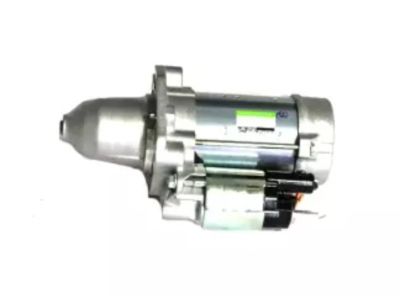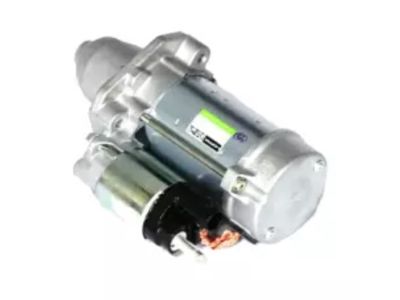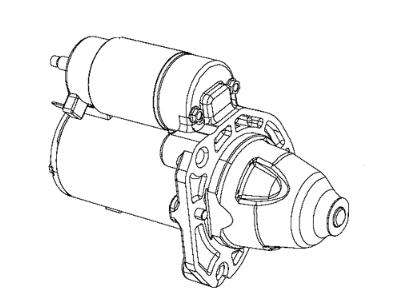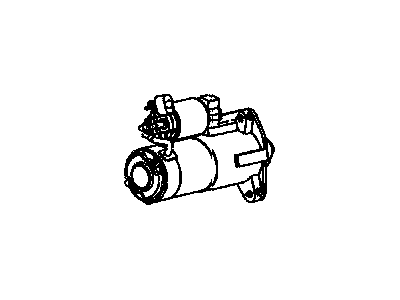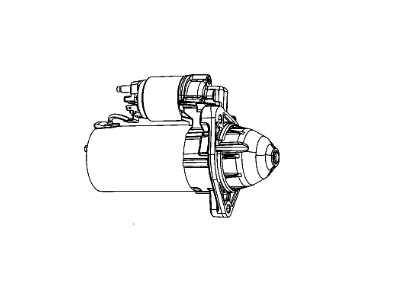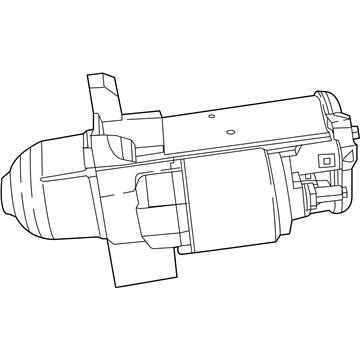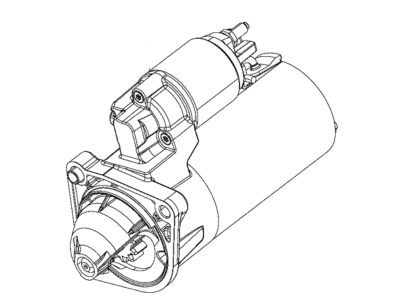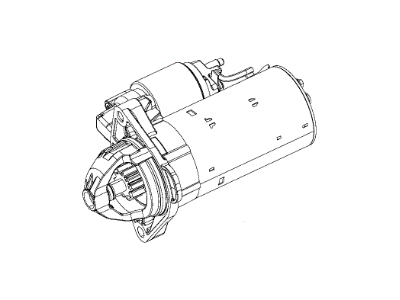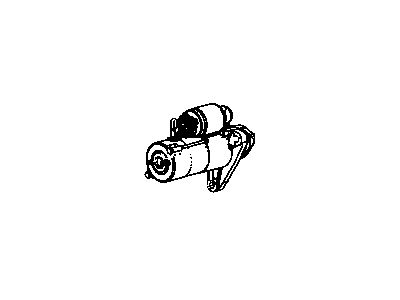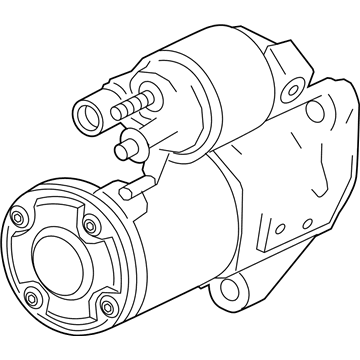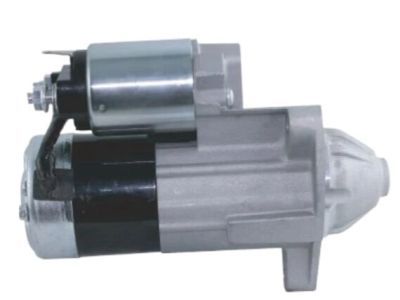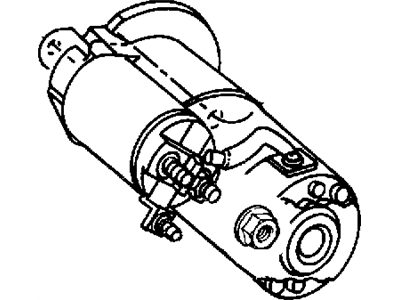
My Garage
My Account
Cart
Genuine Jeep Wrangler Starter Motor
Starter Ignition- Select Vehicle by Model
- Select Vehicle by VIN
Select Vehicle by Model
orMake
Model
Year
Select Vehicle by VIN
For the most accurate results, select vehicle by your VIN (Vehicle Identification Number).
40 Starter motors found






Jeep Wrangler Engine Starter Motor
Part Number: 56029780AB$382.18 MSRP: $582.00You Save: $199.82 (35%)



Jeep Wrangler Starter Motor Reman
Part Number: R6029852AA$321.58 MSRP: $484.00You Save: $162.42 (34%)
| Page 1 of 2 |Next >
1-20 of 40 Results
Jeep Wrangler Starter Motor
The Starter Motor Motor in Jeep Wrangler vehicles is thus very important in the generation of mechanical energy that is needed to crank the engine coming from electrical energy in the battery. It works through an externally threaded solenoid which is powered by a battery and engages a starter motor. In the starter, there is a rotating armature either with field coils or permanent magnets so as to produce the requisite rotational motion to mesh the starter drive with the engine flywheel. Through the years there have been a numerous amount of starter types used in Jeep Wranglers with the main basic one being the electric starters. Some of the important enhancements that have been recorded includes; Gear reduction starters enhances efficiency through the use of reduction gear to engage the drive. OE starters can offer sufficient torque to ordinary engines; however, they may fail to perform the same in high compression motors; as such, they require performance starters. It most emphatically underlines the need to choose the correct start to ensure the premier results for the engines in use.
Looking for affordable and high-quality auto parts? Then you have already arrived at the proper online shop. We offer all Jeep Wrangler Starter Motor at great affordable prices. Moreover, all genuine Jeep Wrangler Starter Motor come with a manufacturer's warranty. In the long run, you would realize you have saved a lot of trouble and money with OEM parts from here.
Jeep Wrangler Starter Motor Parts Questions & Experts Answers
- Q: How to remove and install a starter motor on a Jeep Wrangler?A:On some vehicles, it may be necessary to remove the exhaust pipe(s) or frame cross member to gain access to the starter motor. In extreme cases it may even be necessary to unbolt the mounts and raise the engine slightly to get the starter out. Detach the cable from the negative terminal of the battery. Raise the vehicle and support it securely on jack stands. If equipped, remove the fasteners and the starter shield (Pry off the pressed-metal nut and disengage the heat shield retaining clip ). Clearly label, then disconnect the wires from the terminals on the starter motor and solenoid (if mounted on the starter) (Before unbolting the starter motor assembly, detach the wires from the solenoid (or from the starter motor itself, on some models) - be sure the battery is disconnected). Remove the mounting bolts and detach the starter. Installation is the reverse of removal.
- Q: How to diagnose starter problems on Jeep Wrangler?A:Before diagnosing starter problems, make sure the battery is fully charged. If the starter motor does not operate at all when the switch is turned to Start, check that the shift lever is in Neutral or Park (automatic transmission). Ensure that the battery is charged and that all cables, both at the battery and Starter Solenoid terminals, are clean and secure. If the starter motor spins but the engine is not cranking, the overrunning clutch in the starter motor is slipping and the starter motor needs to be replaced. If the solenoid clicks but the starter motor does not operate, the issue may lie with the battery, starter relay (if equipped), main solenoid contacts, starter motor itself, or a seized engine. If the solenoid plunger cannot be heard when the switch is actuated, it could indicate a bad battery, burned fusible link, or defective solenoid. To check the solenoid, connect a jumper lead between the battery (+) and the ignition switch wire terminal on the solenoid. If the starter motor operates, the solenoid is fine and the problem lies in the ignition switch, neutral start switch, or wiring. If the starter motor still does not operate, remove the starter/solenoid assembly for disassembly, testing, and repair. If the starter motor cranks the engine at a slow speed, ensure the battery is charged and all terminal connections are tight. If the engine is partially seized or has the wrong viscosity oil, it may crank slowly. To test the starter motor, run the engine until normal operating temperature is reached, then disconnect the coil wire from the distributor cap and ground it. Connect a voltmeter positive lead to the positive battery post and the negative lead to the negative post. Crank the engine and take voltmeter readings as soon as a steady figure is indicated, not exceeding 15 seconds of starter motor turning. A reading of 9-volts or more, with normal cranking speed, is normal. If the reading is 9-volts or more but the cranking speed is slow, the motor is faulty. If the reading is less than 9-volts and the cranking speed is slow, the solenoid contacts may be burned, the starter motor is bad, the battery is discharged, or there is a bad connection.
Related Jeep Wrangler Parts
Browse by Year
2024 Starter Motor 2023 Starter Motor 2022 Starter Motor 2021 Starter Motor 2020 Starter Motor 2019 Starter Motor 2018 Starter Motor 2017 Starter Motor 2016 Starter Motor 2015 Starter Motor 2014 Starter Motor 2013 Starter Motor 2012 Starter Motor 2011 Starter Motor 2010 Starter Motor 2009 Starter Motor 2008 Starter Motor 2007 Starter Motor 2006 Starter Motor 2005 Starter Motor 2004 Starter Motor 2003 Starter Motor 2002 Starter Motor 2001 Starter Motor 2000 Starter Motor 1999 Starter Motor 1998 Starter Motor 1997 Starter Motor 1995 Starter Motor 1994 Starter Motor 1986 Starter Motor 1985 Starter Motor 1984 Starter Motor

